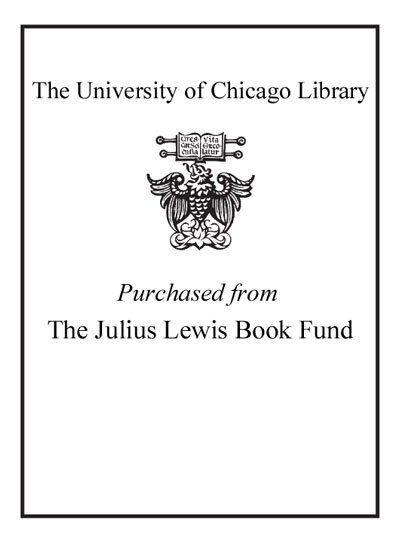Review by Choice Review
The ruins of the Cistercian abbey of Rievaulx in Yorkshire are arguably the most impressive and historically important in England. Surprisingly, the site has never been archaeologically investigated, nor has it been the object of a monograph. Now, architectural historian Fergusson (Wellesley College) and Harrison, working with specialists in related fields, have admirably filled that gap insofar as possible without the benefit of archaeology. Balancing a careful examination of the existing fabric with documentary evidence, the authors posit successive building campaigns for the entire monastery, placing it within the context of Cistercian architecture in England and on the Continent. Of especial interest is the theory that an important factor in the decision to construct a new and much larger choir (c. 1220) was the wish to honor the Blesseds William and Aelred, 12th-century abbot "saints" of Rievaulx. Fergusson also paints a lively picture of daily life at Rievaulx in the 12th and 13th centuries (with reconstruction drawings comprehensible to all readers) that includes a detailed chapter on the infirmary complex. Also fascinating are chapters on the systematic destruction of much of the abbey during the Suppression in the 16th century, and on Rievaulx's checkered afterlife in succeeding centuries. General readers; undergraduates through professionals. E. B. Smith; Pennsylvania State University, University Park Campus
Copyright American Library Association, used with permission.
Review by Library Journal Review
Home to 650 Cistercian monks for 400 years and then deserted in the 16th century, Rievaulx Abbey, or rather its haunting remains, stand framed by trees in North York, England. Despite its former glory and the condition of the abbey remains, it has not been the subject of a monographic study. Nevertheless, Fergusson (art, Wellesley Coll.) and Harrison, an independent archaeological researcher in England, have undertaken a definitive study of this long-overlooked English abbey. Starting with Abbot William, who founded the abbey in 1132, they give a chronology of the abbots and their influence on the abbey is given until the church became crown property under Henry VIII. This fascinating history is well told. Glorious color photos show off the ruins of Rievaulx from different angles, focusing on various features of the complex, the details of construction and architecture, backed up by numerous architectural drawings and reconstruction illustrations, are dissected so finely as to make this book of interest only to the specialist.--Karen Ellis, Nicholson Memorial Lib. Syst., Garland, TX (c) Copyright 2010. Library Journals LLC, a wholly owned subsidiary of Media Source, Inc. No redistribution permitted.
(c) Copyright Library Journals LLC, a wholly owned subsidiary of Media Source, Inc. No redistribution permitted.
Review by Choice Review
Review by Library Journal Review

